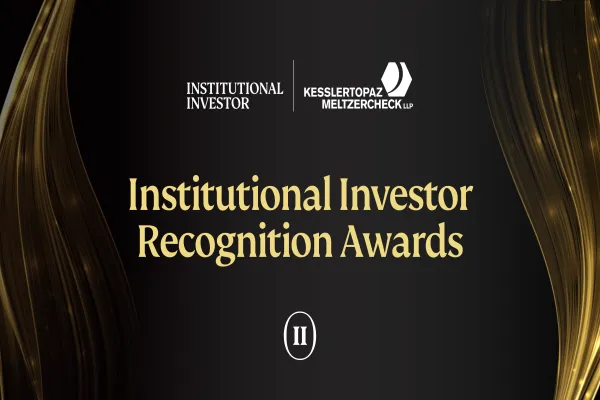Modern computer technology has long since caught up to modern portfolio theory. Markowitz's principle of optimization -- that an appropriately diverse mix of assets will minimize risk and maximize return -- is embedded in everything from financial advisers' model portfolios to hedge funds' proprietary trading formulas.
But only now -- as investment firms try to get the most out of recent computing advances amid harsh bear-market conditions -- is Markowitz's revolution entering a new, and perhaps final, phase of automation. According to developers of optimization technologies, Wall Street institutions are starting to embrace a new generation of decision-support software that is no longer just for quantitative styles and models. Going beyond the classical function of adjusting or rebalancing portfolios with recommended baskets of stocks, the new tools can speed up investors' and traders' reactions because they track markets in real time -- taking advantage of 1990s-era data processing and storage breakthroughs. The advances are not even confined to the institutional arena. Financial Engines, the online advisory portal founded in 1996 by Stanford University economist (and Markowitz's 1990 co-Nobelist) William Sharpe, uses software from optimization specialist Ilog to compile investment recommendations for 4 million retirement plan participants.
"The technology is becoming more mainstream," says Joe Boissy, Ilog's Mountain View, Californiabased financial services solutions director. "Financial Engines is solving a tough math problem with bond and equity portfolio optimization, which shows the scope of the new technology and what it allows us to do in real time."
Boissy notes that Ilog was founded in France in 1987 and has more than 2,000 customers worldwide in asset management, banking, logistics, telecommunications and other industries -- so there is nothing new about automated optimization. What's different today is the level of sophistication: The programming algorithms are verging on artificial intelligence, can deal with larger and more complex sets of variables and are being more broadly applied.
As a hypothetical example, Sanjiv Das, head of strategic asset management solutions at Morgan Stanley, points to a money manager's use of optimization algorithms to improve a portfolio's aftertax returns or to juggle dozens or hundreds of separately managed accounts.
Firms like Morgan Stanley often keep high-tech plans under wraps, especially when a potential competitive advantage is at stake. But Morgan Stanley disclosed last fall that it had made a minority investment in Axioma, a New Yorkbased optimization developer, as part of a strategic alliance to "produce a powerful array of solutions for the investment manager," says Das. He sees optimization as a catalyst for linking investment strategy more closely with trade execution -- a common practice among hedge funds but still rare in conventional institutional investing. "Through better integration of trading rules and market information," explains Das, "portfolio managers can generate superior strategies and trade lists that result in cheaper execution and better overall returns for clients."
Adds Axioma president and CEO Sebastián Ceria, "The decoupling of asset management and trading leaves money on the table." An Argentinean who founded Axioma in 1998, Ceria sees the strategy-execution link as a supply chain problem, akin to those that military and freight operations solved with optimization approaches even before Markowitz introduced the notion into finance.
Ceria, a former Columbia Business School professor who has studied industrial and transportation supply chains, says he "saw the financial industry as the next frontier." Axioma has a dozen employees and a technology arsenal that includes Ilog software and what Morgan Stanley's Das calls "proprietary algorithms tuned specifically to the problems that investment managers have to solve."
Says Ceria: "Optimization is gaining a beachhead in asset management. We're looking for new problems to apply the technology to, including trading, credit portfolios, derivatives and synthetics. By 2010 it will be everywhere, with every financial institution depending on it."





